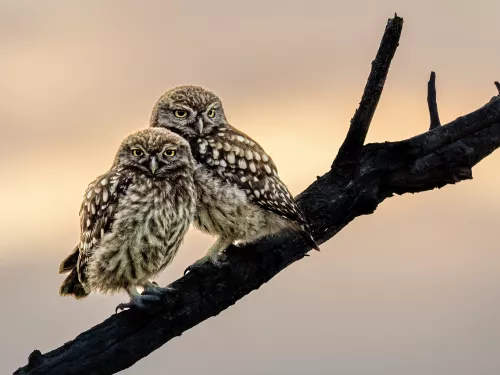
If you go down to the woods today – 9 surprising animals to look out for amongst the Kentish trees
Volunteer Matt Huggins explores some of the lesser-known but still fascinating animals that grace our woodlands.
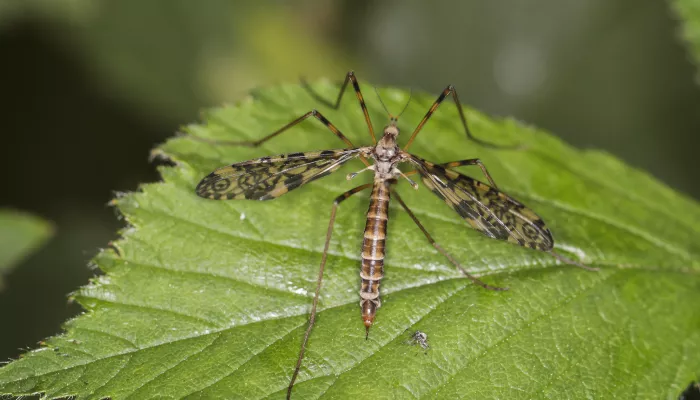
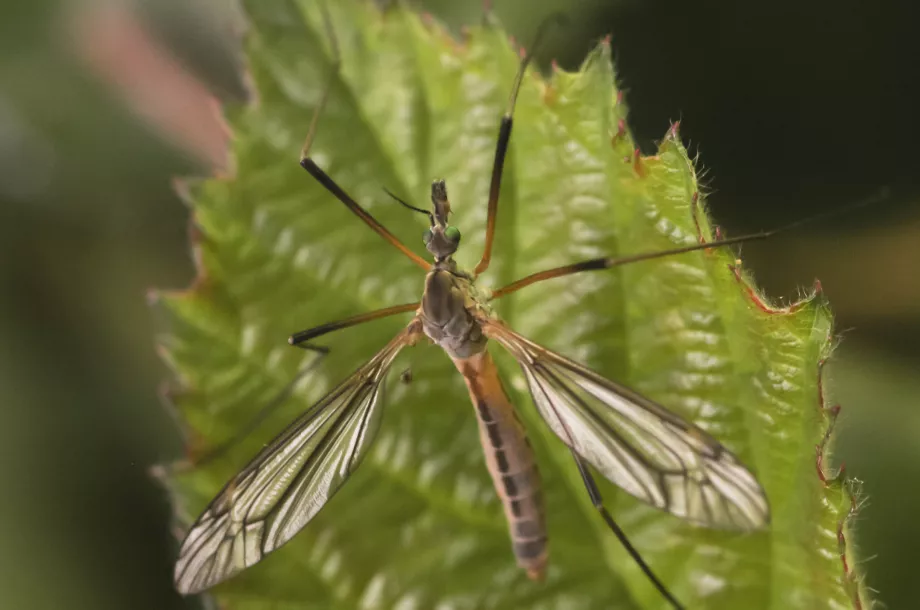
A cranefly, Tipula vernalis, resting on a jagged leaf. The cranefly has a yellowish body and bright green eyes ©Frank Porch
There are around 350 different species of cranefly found in the UK. The ones we tend to see around our gardens belong to a group known as Tipula, or 'true craneflies'. These are also the largest type of cranefly. They usually rest with their wings held out at right angles to their body, though there is one exception to this rule: Tipula confusa, which rests with its wings over its back.
Many of the true craneflies look very similar and are difficult to identify. However, you can recognise a female cranefly by its pointed ‘tail’. Male craneflies have square or forked tails. The female’s pointed tail is actually an ovipositor, used to pierce the soil and deposit her eggs.
The largest UK cranefly is Tipula maxima, which occurs in damp moorland and woodland and has beautifully patterned wings. Unlike the garden craneflies, the larvae of this species and several other woodland species live a semi-aquatic lifestyle. They feed under water on living or decaying plants, or in damp moss and leaf litter.
The other main group of craneflies are called Limonids. Most members of this group rest with their wings over their back, looking a bit like a large midge or mosquito. Unlike some gnats and midges, however, craneflies don't have piercing mouthparts or feed on blood. In fact, adult craneflies rarely feed, but when they do it is on nectar from flowers.
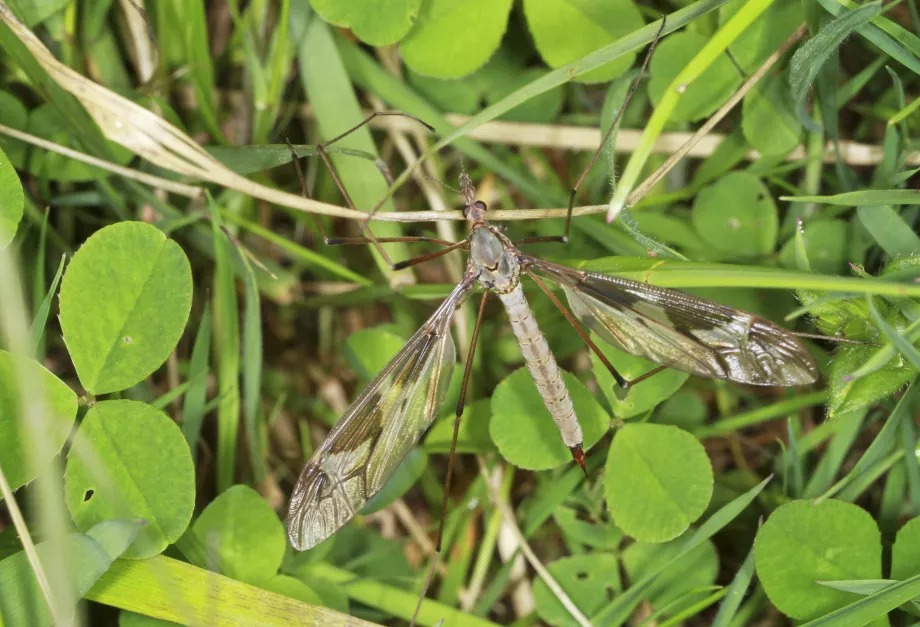
The largest cranefly, Tipula maxima, resting on a patch of grass and clover leaves ©Frank Porch
Craneflies are a vital part of the food chain. Their larvae are a favourite food of starlings, which probe the grass to extract them with their bills. Bats will skim the surface of grasslands at dusk, feasting on the adult flies when they emerge en-masse on warm autumn evenings. Daubenton's bat is particularly fond of them! They’re also eaten by spiders, dragonflies and many other animals.

Volunteer Matt Huggins explores some of the lesser-known but still fascinating animals that grace our woodlands.
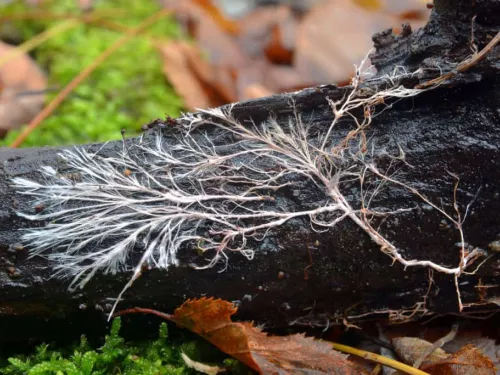
Volunteer Matt Huggins explores the underground secrets of mycorrhizal networks and how they help trees to communicate with one another.

You hear “shark”, you think Jaws. Sadly, this is true for many of us… but then who hasn’t been slightly traumatised by Steven Spielberg’s enduring epic?